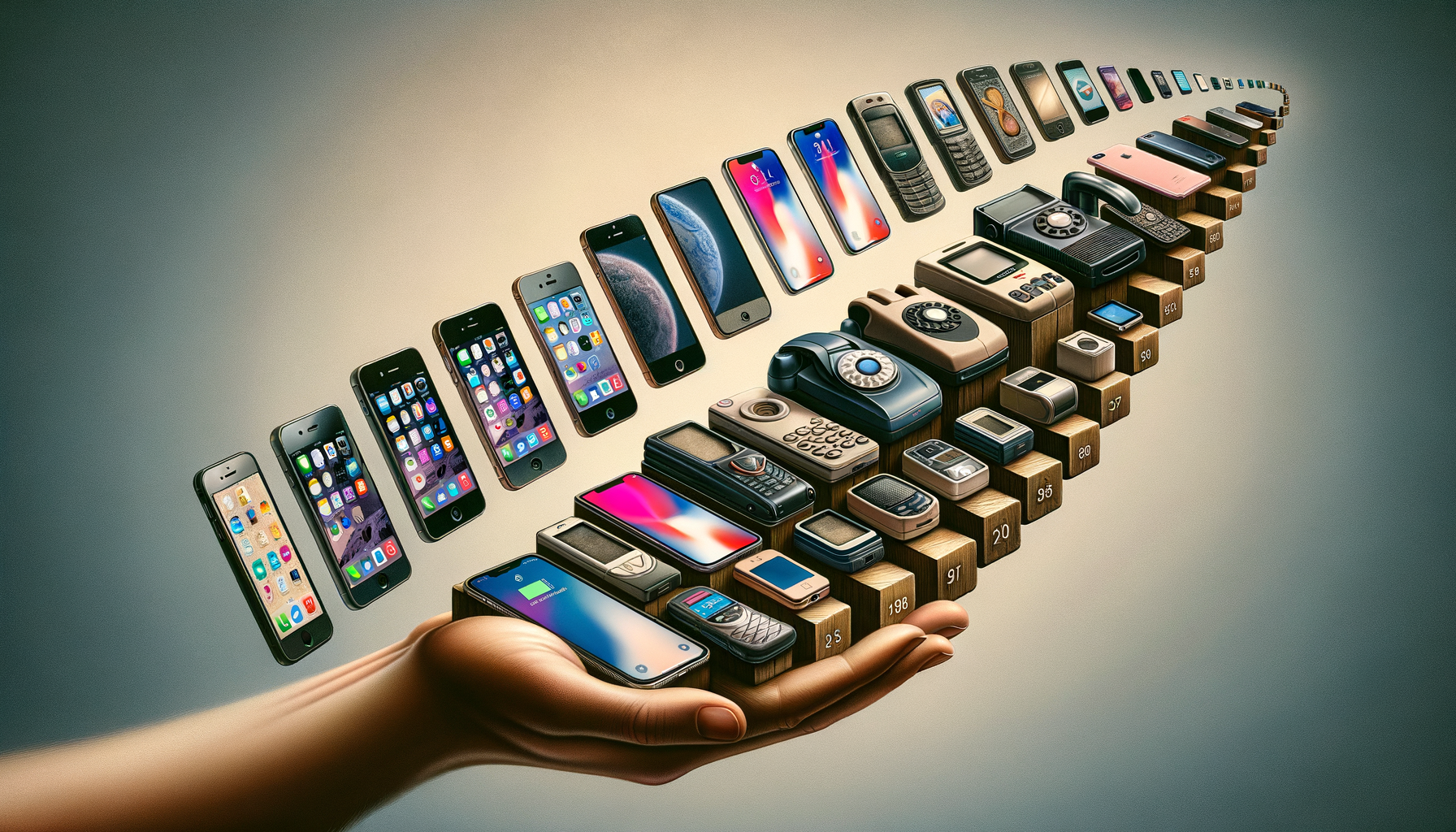Trade-in Options for Mobile Devices
Explore various options for trading in your mobile devices, allowing you to upgrade while contributing to sustainability. This process provides a convenient way to exchange your old phones for value, helping you make informed decisions without any pressure or unrealistic promises.

Understanding the Trade-in Market for Phones
In the fast-paced world of technology, upgrading to the latest smartphone is a common desire for many. However, the question of what to do with the old device often arises. This is where the trade-in market for phones becomes relevant. By trading in your old phone, you not only get a financial return but also contribute to reducing electronic waste. The trade-in process is straightforward: you hand over your old device to a retailer or online service in exchange for credit or cash, which can be used towards your new purchase.
The trade-in market is thriving, driven by several factors. First, the rapid innovation in smartphone technology means devices quickly become outdated, prompting consumers to upgrade frequently. Second, environmental concerns are pushing both consumers and companies to adopt more sustainable practices. As a result, many companies have established trade-in programs, making it easier for consumers to recycle their old devices responsibly.
Trade-in values vary significantly depending on the condition, age, and model of the phone. For instance, a newer model in excellent condition will fetch a higher value compared to an older device with visible wear and tear. Understanding these dynamics can help consumers make informed decisions about when and where to trade in their devices.
Benefits of Trading In Your Phone
Trading in your phone offers numerous benefits beyond just financial gain. One of the primary advantages is the convenience it provides. Instead of dealing with the hassle of selling your phone privately, trade-in programs offer a simple and straightforward process. Many retailers and online services provide instant quotes, allowing you to know the value of your old device upfront.
Another significant benefit is the environmental impact. By trading in your phone, you ensure that it is either recycled or refurbished, reducing the amount of electronic waste that ends up in landfills. This is a crucial step in promoting sustainability in the tech industry. Additionally, trading in your phone can support the circular economy, where devices are reused and recycled, minimizing the need for new resources.
Financially, trade-in programs can make upgrading to a new phone more affordable. The credit or cash received from a trade-in can significantly offset the cost of a new device, making it a cost-effective option for consumers. This financial incentive, combined with the ease and environmental benefits, makes trading in an attractive option for many.
How to Maximize Your Trade-in Value
Maximizing your trade-in value requires a bit of preparation and research. First and foremost, keeping your phone in good condition is crucial. This means using protective cases and screen protectors to prevent damage. Regularly cleaning your device and ensuring it is free from scratches and dents can also enhance its value.
Another important factor is timing. Trade-in values tend to be higher before the release of new models, as demand for older models is still relatively strong. Therefore, timing your trade-in just before a new model launch can yield better returns.
Researching different trade-in programs is also essential. Not all programs offer the same value for your device, so it’s worth comparing offers from various retailers and online services. Some programs might offer additional incentives, such as bonus credit for trading in multiple devices or for being a loyal customer.
Finally, ensure that your phone is reset to factory settings before trading it in. This not only protects your personal data but also ensures that the device is ready for its next owner, potentially increasing its value.
Comparing Trade-in Programs: Retail vs. Online
When it comes to trading in your phone, you have two main options: retail trade-in programs and online services. Each option has its advantages and considerations, and choosing the right one depends on your priorities.
Retail trade-in programs are often offered by major electronics retailers and mobile network providers. These programs are convenient if you prefer an in-person transaction and want to apply the trade-in value directly towards a new purchase. Retail programs often provide instant credit, which can be used immediately in-store. However, the trade-in value might be slightly lower compared to online services.
Online trade-in services, on the other hand, offer the convenience of completing the entire process from home. These services typically provide a prepaid shipping label for you to send in your device. Online programs often have a wider range of accepted devices and may offer higher trade-in values due to lower overhead costs. However, the process can take longer, as you need to wait for the device to be received and evaluated before receiving payment.
Ultimately, the choice between retail and online trade-in programs depends on your preference for convenience, speed, and value. It’s advisable to explore both options and choose the one that best aligns with your needs.
Future Trends in Phone Trade-ins
The phone trade-in market is continuously evolving, driven by technological advancements and changing consumer behaviors. One significant trend is the increasing integration of artificial intelligence (AI) in the trade-in process. AI can streamline the evaluation of devices, providing more accurate assessments of their condition and value. This can lead to more consistent and fair trade-in offers for consumers.
Another emerging trend is the expansion of trade-in programs to include not just phones, but other electronic devices such as tablets and smartwatches. This reflects the growing demand for sustainable practices across the tech industry. As consumers become more environmentally conscious, the appeal of trading in multiple devices at once is likely to increase.
Furthermore, the rise of subscription models for smartphones may impact the trade-in market. As more consumers opt for subscription services that allow for regular upgrades, the traditional trade-in process may evolve to accommodate these new purchasing habits. This could lead to more flexible and frequent trade-in opportunities.
Overall, the future of phone trade-ins looks promising, with advancements in technology and sustainability driving innovation in the market. As these trends continue to develop, consumers can expect more convenient, valuable, and eco-friendly trade-in options.
